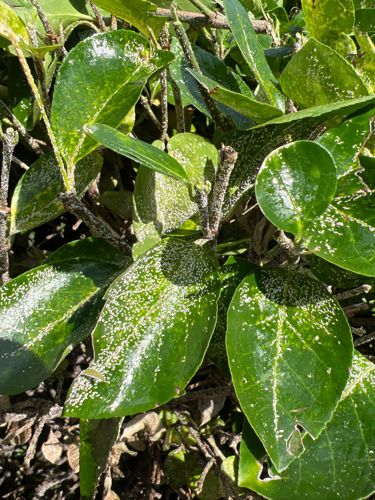Mealybug
Scientific Name: Pseudococcidae (family)
Order & Family: Hemiptera, Pseudococcidae
Size: Typically 1-10 mm in length, though most common species are 3-6 mm.

Natural Habitat
Mealybugs are found in various environments, including gardens, greenhouses, and homes, often on the stems, leaves, and roots of plants. They thrive in warm, humid conditions.
Diet & Feeding
Plant sap. They feed on a wide variety of plants, including ornamental plants, fruit trees, vegetables, and houseplants.
Behavior Patterns
Mealybugs are typically slow-moving and tend to cluster together, often in crevices or where plant parts meet. They extract sap using their piercing-sucking mouthparts, weakening the plant. Females lay eggs in cottony masses, and nymphs (crawlers) are mobile before settling down. They can reproduce rapidly, especially in warm conditions, leading to large infestations. They also excrete honeydew, a sugary substance, which can lead to the growth of sooty mold.
Risks & Benefits
Risks: Mealybugs are significant agricultural and horticultural pests. Their feeding weakens plants, causing stunted growth, yellowing leaves, leaf drop, and sometimes death. The honeydew they excrete leads to the growth of sooty mold, which reduces photosynthesis and makes plants look unsightly. Benefits: Their ecological benefits are limited from a human perspective, as they are primarily considered pests. They can serve as a food source for natural predators like ladybugs and lacewings.
Identified on: 9/3/2025